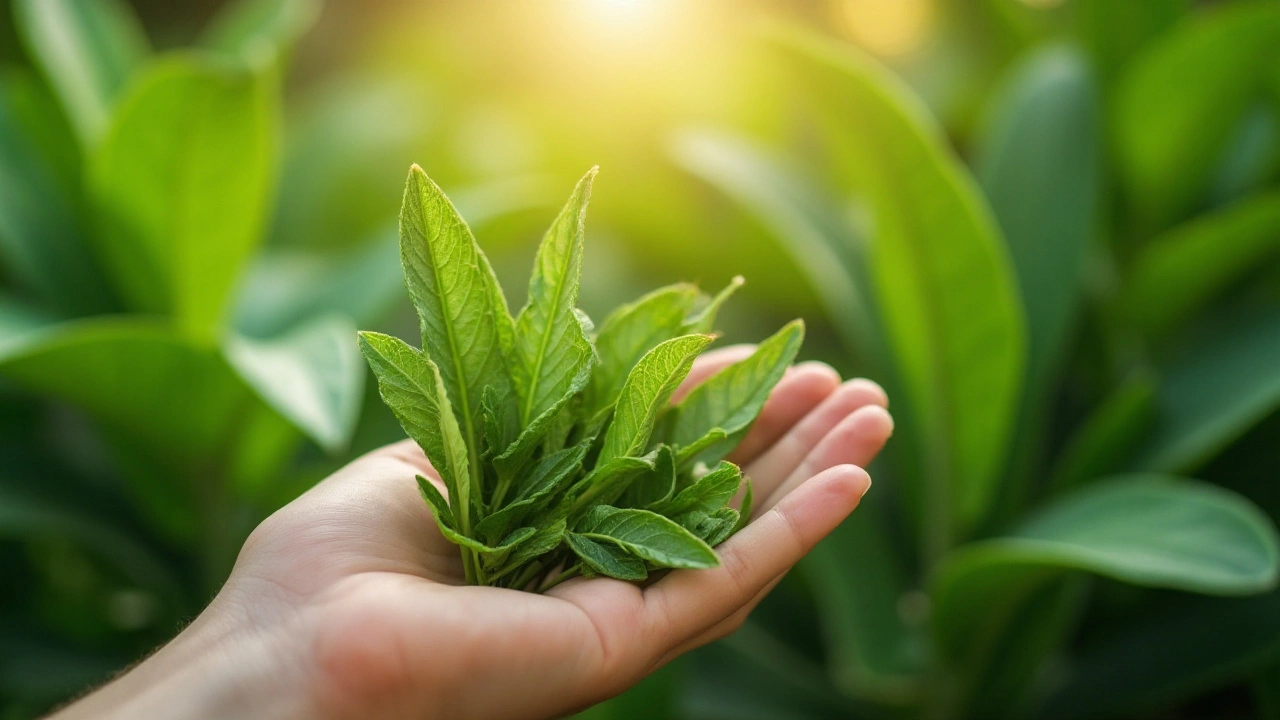Tamarix Dioica: What It Is and Why You Might Want It
If you’ve ever walked by a salty coastline or a desert oasis, you may have noticed a tall, feathery‑leafed shrub that seems to love the water. That’s likely Tamarix dioica, a species of tamarisk that thrives in dry, salty soils. People have used it for centuries – from ancient herbalists to modern gardeners – because it’s tough, looks nice, and packs a few surprising health tricks.
Traditional and Modern Health Uses
In folk medicine across the Middle East and South Asia, the leaves and bark of Tamarix dioica are brewed into teas or made into poultices. The most common claim is that it helps calm inflammation. Users say a mild tea can ease joint aches, while a crushed leaf paste may reduce skin irritation. Modern labs have started to back up some of these ideas, finding flavonoids and tannins that act as natural antioxidants. Those compounds can help protect cells from damage caused by free radicals.
Another popular use is for digestion. A light infusion of the leaves is believed to soothe an upset stomach and promote regularity. If you’re looking for a gentle, caffeine‑free drink after a heavy meal, a cup of Tamarix dioica tea might do the trick. Just steep a teaspoon of dried leaves in hot water for five minutes and sip slowly.
How to Grow Tamarix Dioica at Home
Growing Tamarix dioica is almost as easy as letting it sit in a pot and forget about it. It loves full sun and can handle poor, salty soils where most plants would die. Here’s a quick start guide:
- Soil: Well‑draining sand or loam, a little salt added is fine.
- Water: Once established, it only needs occasional watering – think once every two weeks.
- Planting: Space each shrub about three feet apart to let its roots spread.
- Pruning: Trim back the top in early spring if you want a tighter shape; the plant bounces back fast.
If you live in a cooler climate, keep the plant in a large container and bring it indoors during frost. Inside, place it near a sunny window and water sparingly.
One thing to watch out for: Tamarix dioica can become invasive in some regions because it spreads quickly. Check local guidelines before planting it outdoors, especially near wetlands or rivers.
Whether you’re after a hardy garden feature or a new herbal tea, Tamarix dioica offers a low‑maintenance option with a dash of traditional wellness. Give it a try, and you’ll soon see why this salty‑soil survivor has stuck around for centuries.

